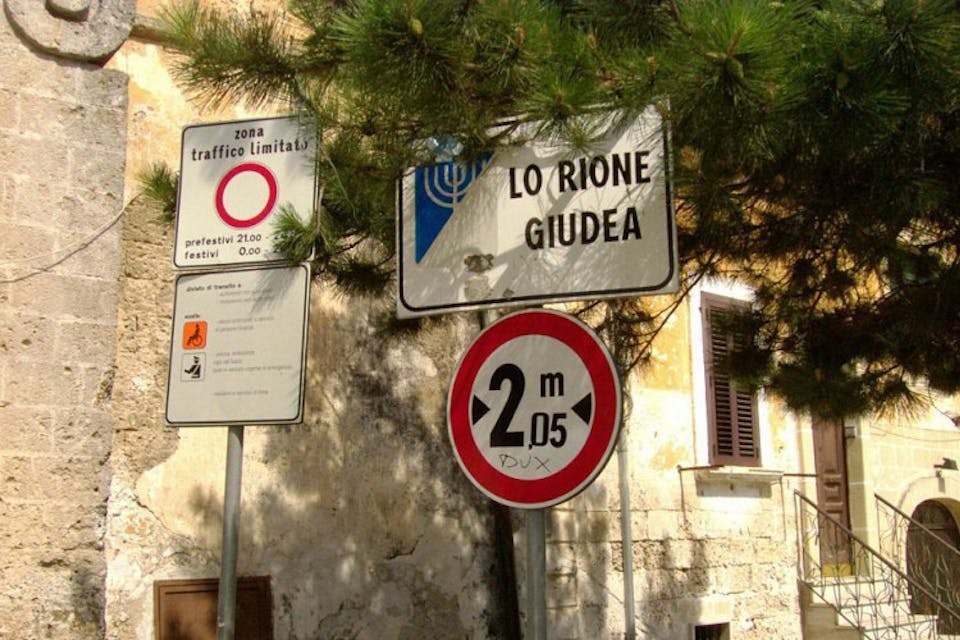
July 29, 2015
The Vanished Jews of Oria
Negotiating for a country home, a classical singer and cantor uncovers traces of Italian Jewry's medieval golden age.
Five years ago, I had never heard of Oria, let alone its Jews—even after a decade of regular sojourns in Puglia (Apulia), the southeastern province that occupies the heel of Italy’s boot. Traces of Greek, Carthaginian, Byzantine, Arabic, French, Norman, Spanish, Turkish, German, and even Gypsy culture: all these I had encountered. But I’d concluded that this remarkable region wasn’t a place where Jews had made much of an impression.
True, I knew the story of San Nicandro, some of whose inhabitants had converted to Judaism at the oddest time imaginable, just as Hitler had begun massacring communities all over Europe. True, too, remnants of an earlier Jewish population could be found at the functioning synagogue of Scolanova at Trani, in Puglia’s north. Descendants of 13th-century forced converts to Christianity under the Angevins, they had continued to practice their faith in secret until free to return openly to Judaism. But these days? Reveal your Jewish provenance to a Pugliese, and he’ll likely smile and say you’re the first Jew he’s ever met.
So when, answering an ad for a 17th-century country mansion (masseria), I parked for the first time outside one of the entrances to Oria’s medieval center and beheld in front of me a giant bronze menorah, I was astonished. But I shouldn’t have been. As a plaque on the wall announced, I was at the entrance to the Rione Giudea (Jewish quarter), and more specifically in the Piazza Shabettai Donnolo.